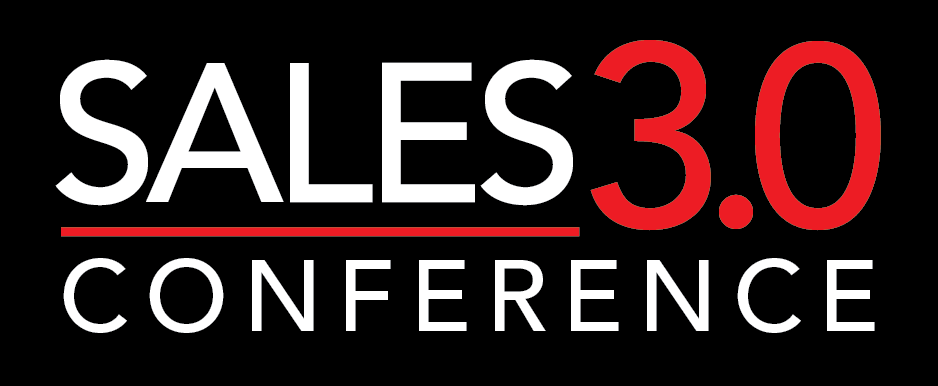Achieving perpetual peak sales performance is an elusive state that every business strives to reach. But significant forces exist to derail them: The world around us is digitally transforming and sales reps are expected to adapt and continue to meet revenue goals, yet training itself hasn’t adapted to support changing times and expectations. As a result, only 14.7% of sales teams hit their goals, and turnover rates continue to rise.
It’s now up to revenue leaders, their sales team, and sales enablement to uncover and analyze the gaps in their training programs and identify what to change in order to survive in this environment. Let’s take a look at some strategies, trends, and tools businesses should consider that will make the biggest impact on sales performance.
Driving peak performance: What works?
Most businesses have an ideal customer profile, which is a model of the key qualities that make an account a great fit for their products or services. Fewer businesses have taken the time to define their ideal rep profile (IRP)—quantifying what the “ideal” rep looks like—and it’s one reason why they haven’t been able to unlock peak sales performance. Historically, the definition of an ideal rep has been anecdotal: “This person is great at handling objections” or “They’re a great closer.” But identifying, quantifying, and benchmarking the ideal traits of the most successful reps are necessary steps to build teams that reach peak sales performance. In fact, a recent survey of sales leaders found that over 71% of respondents that had clearly defined performance expectations met 100% of their sales quota.
Ideal traits may be different for each business, but the framework for an IRP should include a set of skills, competencies, proven behavioral strategies, attributes, and metrics that have been identified and agreed upon as the gold standard. Once defined, documented, and tracked, businesses can build programs around the IRP and monitor reps’ progression toward productivity and field readiness. Businesses can begin to see the effect of enablement programs against their IRP and adjust programs as needed to produce the desired results.
It bears noting that just because a rep fits the established IRP, they shouldn’t be exempt from continuing to build on the desired competencies. Thus, the concept of “everboarding” comes into play: Everboarding goes beyond the first few weeks or months of training that define “onboarding” to embrace consistently reinforced learning and skills development that underpins a continuous state of excellence.
Benchmarking and tracking with an IRP brings us to another strategy businesses should embrace as they strive for peak sales performance: coaching. Adopting a consistent coaching culture is critical to a winning team’s success. It can bring a 1:1 meeting with a rep to a state in which the frontline manager is able to help their seller become better at what they do by identifying gaps in the rep’s skillset and comparing it with the IRP model. Once these gaps are identified, sales enablement teams and frontline managers can work together to create and deliver customized training and coaching to fill those gaps and create more peak performers on their teams. The same aforementioned survey and report found that eight out of 10 teams that have effective coaching practices hit greater than 75% of sales quotas!
Measuring reps’ skills development and in-field application is key to determining whether training and coaching are moving reps closer in alignment with the IRP. One way to do this is with a conversation intelligence (CI) solution. CI solutions enable sales managers to “listen in” on interactions with buyers and extract key insights to inform their coaching sessions and improve problem areas.
Final thoughts
Unlocking peak sales performance requires that businesses redefine training as an ongoing endeavor for continuous excellence in sales. By taking the right steps to create an IRP, establish a culture of coaching, measure and track skills development, and leverage the right tools to bring it all together, businesses will be well on their way to achieving their revenue goals and positioning their reps for a future of continuous sales readiness.

Jeff Santelices is CRO of Mindtickle.



